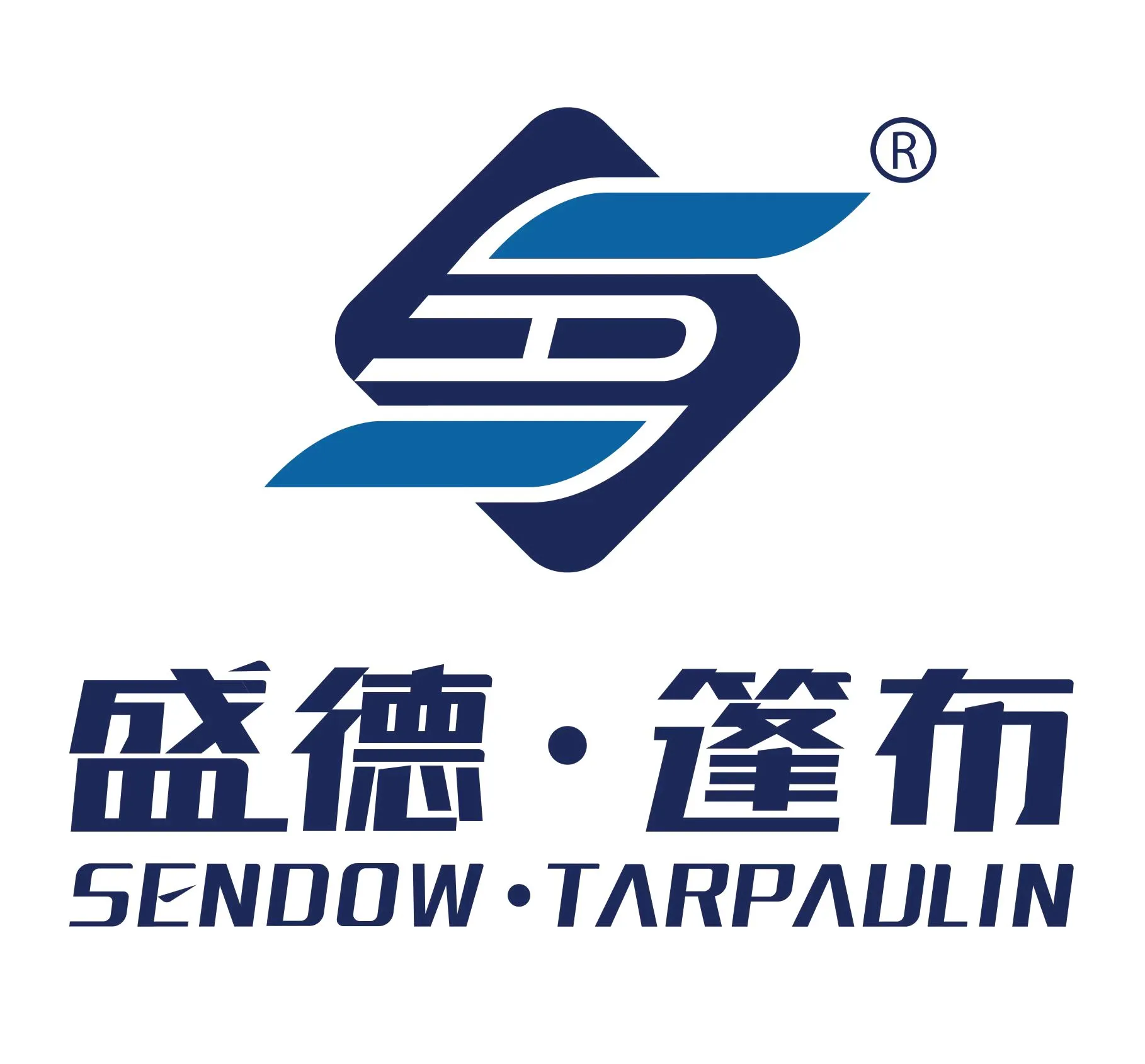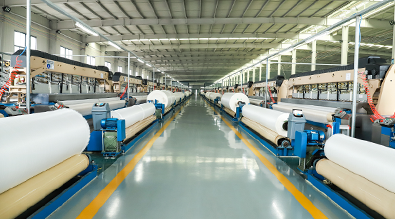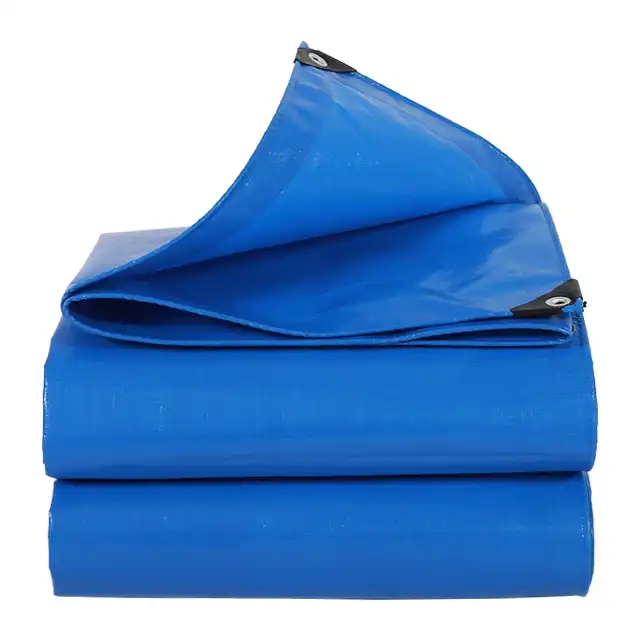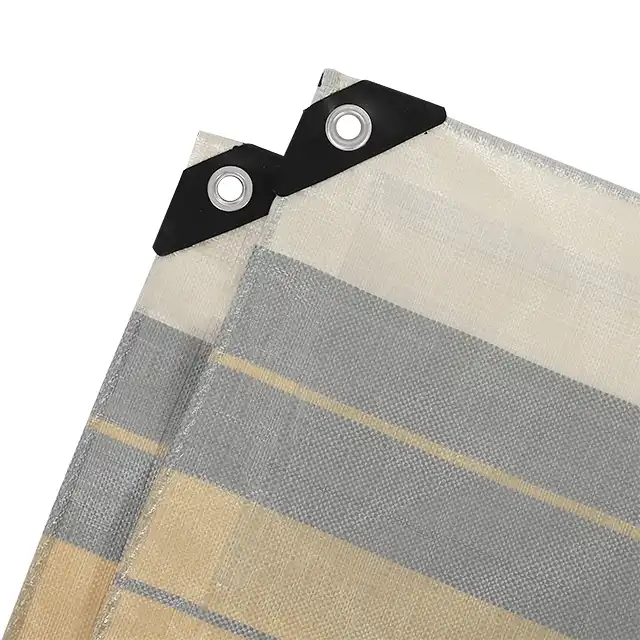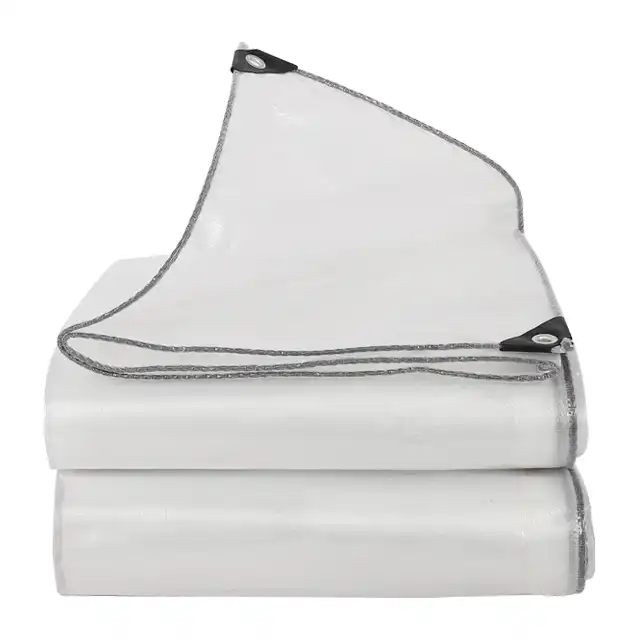What Is the Best Thickness for a PE Tarpaulin?
Determining the optimal thickness for a PE tarpaulin is crucial for ensuring maximum performance and durability across various applications. The thickness of a polyethylene (PE) tarpaulin plays a critical role in its ability to protect, cover, and withstand different environmental conditions. From light-duty applications to heavy-industrial uses, understanding the nuanced relationship between thickness, material composition, and intended use is essential for selecting the most appropriate PE tarpaulin for specific needs.
Understanding PE Tarpaulin Thickness Fundamentals
Measuring Thickness: More Than Just Numbers
PE tarpaulins are typically measured in multiple units, including millimeters (mm), mils, and grams per square meter (gsm). At Linyi Shengde Plastic Co., Ltd., our PE tarpaulins range from 0.1mm to 0.2mm thick, with weights varying from 65 gsm to 280 gsm. This variation allows for precise selection based on specific requirements. The thickness is not just a numerical value but a critical indicator of the tarp's potential performance, structural integrity, and longevity. The manufacturing process involves intricate layering of high-density polyethylene (HDPE) woven fabric with low-density polyethylene (LDPE) coating. This multi-layer approach ensures that each tarpaulin maintains optimal thickness while providing exceptional characteristics such as waterproofing, tear resistance, and UV protection. Our advanced production facilities, equipped with over 30 high-tech extruding machines and 400+ Korea-imported automatic water-jet looms, enable us to produce tarpaulins with exceptional precision and consistency.
Technological Considerations in Thickness Determination
Thickness determination goes beyond simple measurement. It involves sophisticated engineering considerations, including fabric weave count, coating density, and intended environmental exposure. Our research and development team continuously explores innovative techniques to optimize tarpaulin thickness, ensuring maximum performance across diverse applications. The mesh count, ranging from 10x10 to 14x14, directly influences the tarp's structural integrity. A higher mesh count typically indicates a denser weave, which can contribute to increased thickness and improved durability. Our technicians meticulously control these parameters, utilizing advanced coating machines and professional quality monitoring systems to guarantee consistent thickness and performance.
Material Science Behind Thickness Optimization
Material science plays a pivotal role in understanding PE tarpaulin thickness. The interaction between HDPE woven fabric and LDPE coating creates a complex microstructure that determines the tarp's mechanical properties. Thickness is not merely about adding material but about creating an optimal balance between weight, flexibility, and strength. Our manufacturing process incorporates UV treatment ranging from 1% to 7%, which can subtly influence the material's thickness and protective capabilities. This nuanced approach allows us to develop tarpaulins that maintain consistent performance across various environmental conditions, from extreme heat to freezing temperatures.
Critical Factors Influencing PE Tarpaulin Thickness Selection
Application-Specific Thickness Requirements
Different applications demand varying tarpaulin thicknesses. Light-duty blue polyethylene tarps, weighing between 65 gsm to 125 gsm, are ideal for general-purpose applications like packaging, wood covering, and temporary protection. These tarpaulins, typically 0.1mm to 0.2mm thick, offer an excellent balance between economy and durability. Industrial and heavy-duty applications require substantially different thickness considerations. Our tarpaulins designed for truck covers, car canopies, and scaffolding sheets demand greater structural integrity. By leveraging our extensive production capabilities, including 7 producing lines and multiple heat-sealing machines, we can create tarpaulins with thicknesses ranging from 7 to 12 mils, ensuring robust performance in challenging environments.
Environmental and Durability Considerations
Environmental exposure significantly influences thickness selection. Tarpaulins used in agricultural settings, such as greenhouse fabrics or impermeable tarps for aquaculture, require specific thickness profiles to withstand constant moisture, UV radiation, and mechanical stress. Our research and development team has developed specialized tarpaulins with enhanced thickness and coating to provide superior protection. The arctic flexibility and anti-corrosion properties of our PE tarpaulins demonstrate how thickness optimization can create materials capable of performing in extreme conditions. By carefully engineering the thickness and material composition, we can develop tarpaulins that remain flexible at low temperatures while maintaining structural integrity.
Performance Metrics and Thickness Correlation
Thickness directly correlates with several critical performance metrics. Waterproofing, tear resistance, and UV protection are all influenced by the tarp's thickness and material composition. Our tarpaulins are designed to provide 100% waterproofing, with thickness playing a crucial role in achieving this characteristic. The correlation between thickness and performance is not linear but complex. Our extensive testing protocols, which include third-party laboratory assessments, ensure that each tarpaulin meets stringent quality standards. By continuously monitoring and adjusting thickness parameters, we can deliver products that consistently exceed customer expectations.
Customization and Specialized Thickness Solutions
Tailored Thickness for Unique Requirements
Recognizing that every application has unique demands, we offer comprehensive customization options. Our high-level research and development team can develop tarpaulins with specialized thickness profiles to meet specific customer requirements. From ultra-wide width tarpaulins to products with advanced fire prevention and waterproofing functions, we pride ourselves on our ability to innovate. Our production facilities can accommodate tarpaulin widths up to 5.1 meters, with the flexibility to adjust thickness and coating according to precise customer specifications. This approach allows us to serve diverse markets, from construction and agriculture to humanitarian aid organizations like UNHCR, IOM, ICRC, and UNICEF.
Quality Management in Thickness Control
Maintaining consistent thickness requires advanced quality management systems. We have implemented comprehensive monitoring protocols throughout our production process, ensuring that every tarpaulin meets our exacting standards. Our ISO 9001:2015 certification represents our commitment to maintaining the highest levels of quality control. Our factory's advanced testing equipment and skilled workforce of over 600 professionals enable us to produce tarpaulins with exceptional precision. Each production line is designed to maintain strict thickness tolerances, guaranteeing that customers receive products that perform consistently across various applications.
Global Reach and Thickness Innovation
With exports to over 30 countries, including the United States, Canada, Mexico, Brazil, India, and various African nations, we have developed a deep understanding of diverse thickness requirements. Our global experience has been instrumental in driving continuous innovation in PE tarpaulin technology.
Conclusion
Selecting the optimal PE tarpaulin thickness is a nuanced process that requires careful consideration of application, environment, and performance requirements. By combining advanced material science, precision manufacturing, and a commitment to innovation, we can provide tarpaulin solutions that meet the most demanding specifications. Interested in exploring customized PE tarpaulin solutions? Our expert team is ready to help you find the perfect thickness for your specific needs. Contact us at info@shengdetarp.com to discuss your requirements and discover how our innovative tarpaulin technologies can solve your challenges.
References
1. Johnson, M. (2019). Advanced Materials in Industrial Coverings. Cambridge University Press.
2. Rodriguez, S. (2020). Polyethylene Composites: Performance and Applications. Springer Nature.
3. Thompson, K. L. (2018). Textile Engineering and Material Science. Wiley Publications.
4. Wang, H. (2021). Innovative Manufacturing in Protective Coverings. Academic Press.
5. Martin, R. J. (2017). Environmental Performance of Synthetic Materials. CRC Press.
6. Zhang, L. (2022). Material Science and Industrial Applications. Elsevier Publications.
